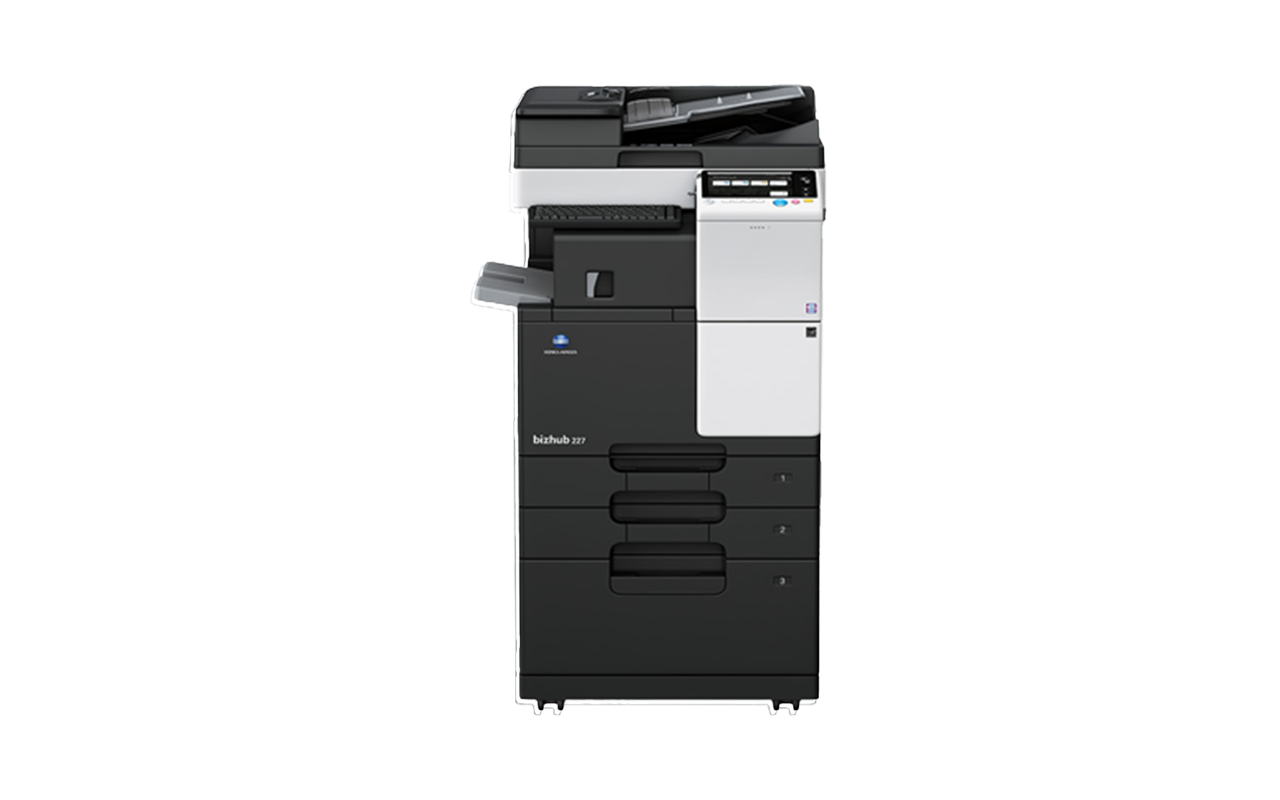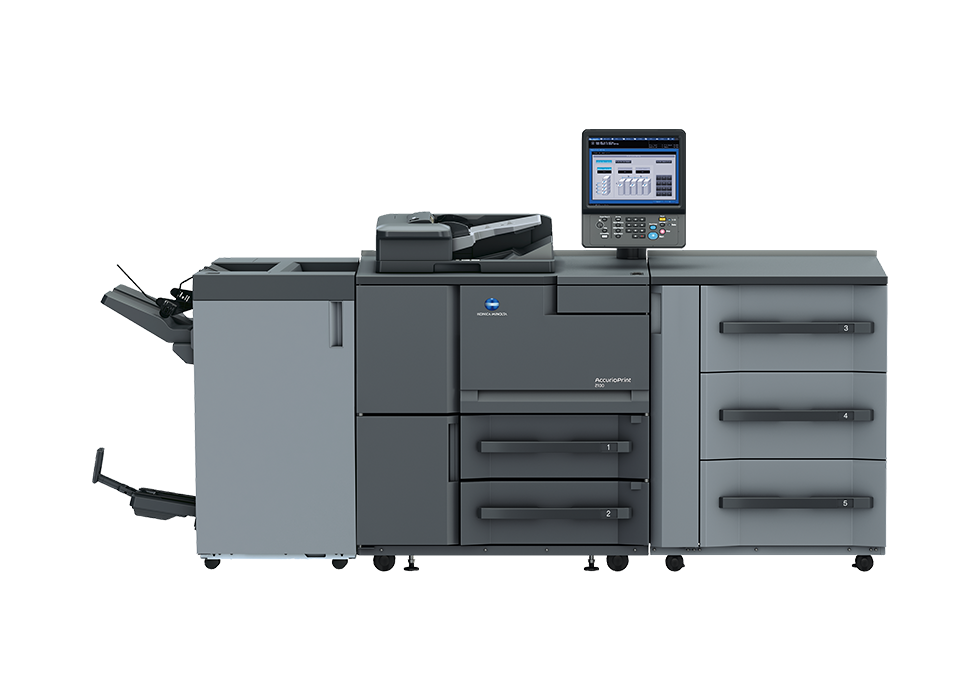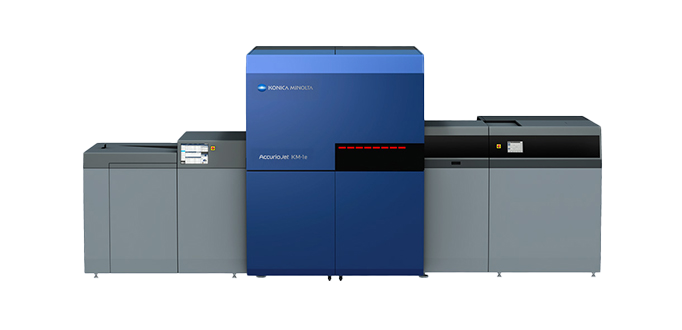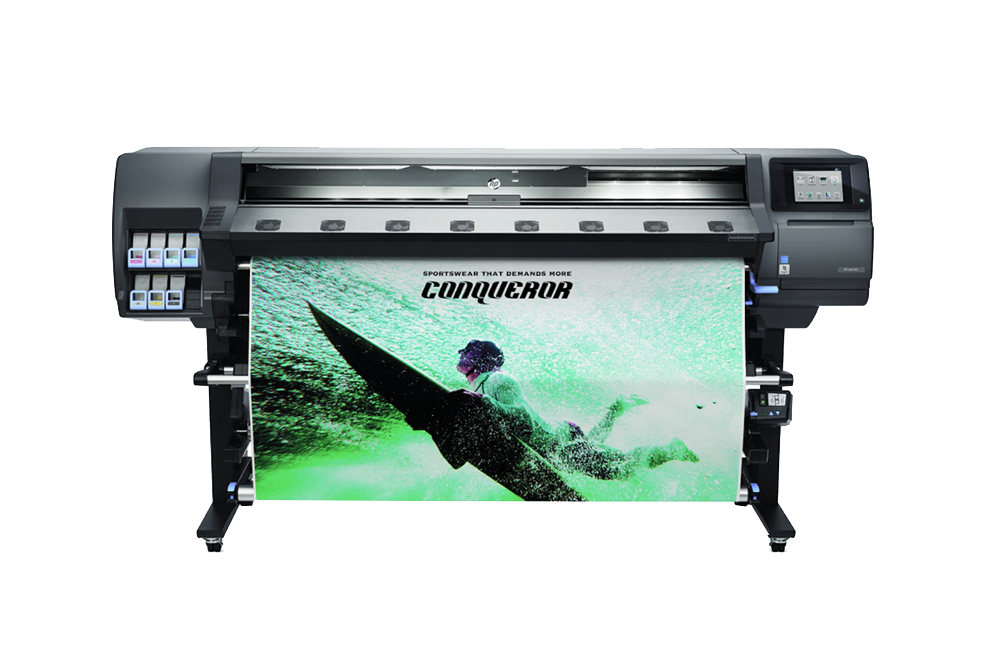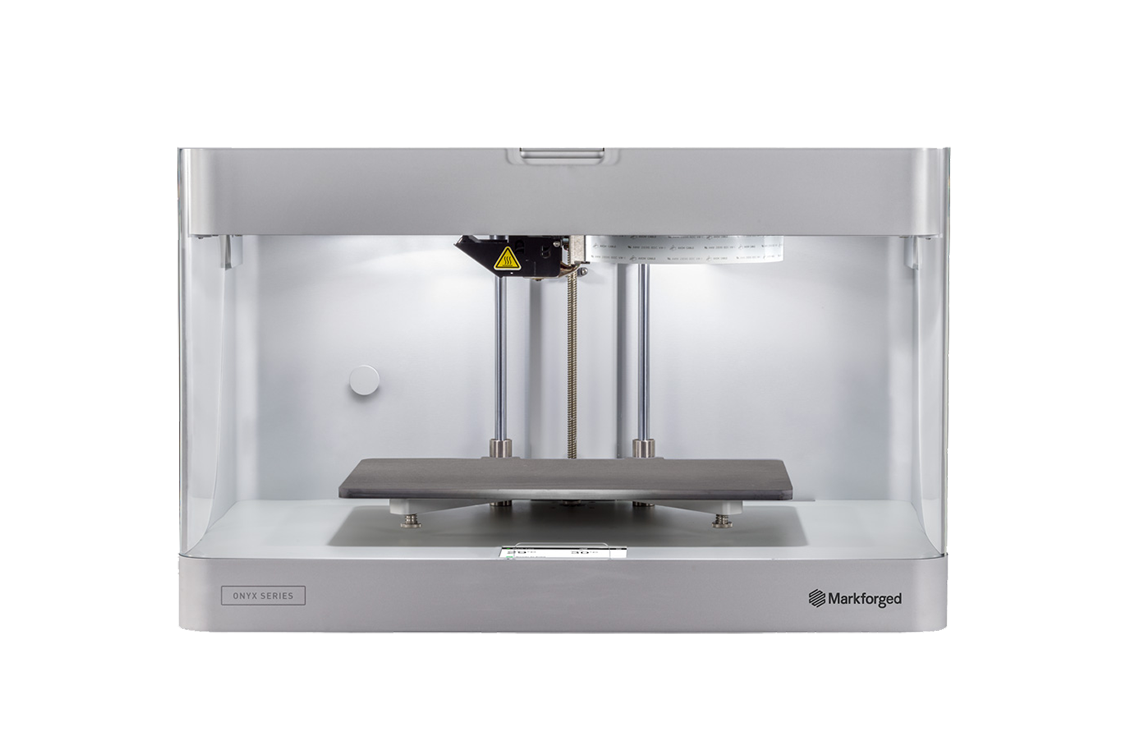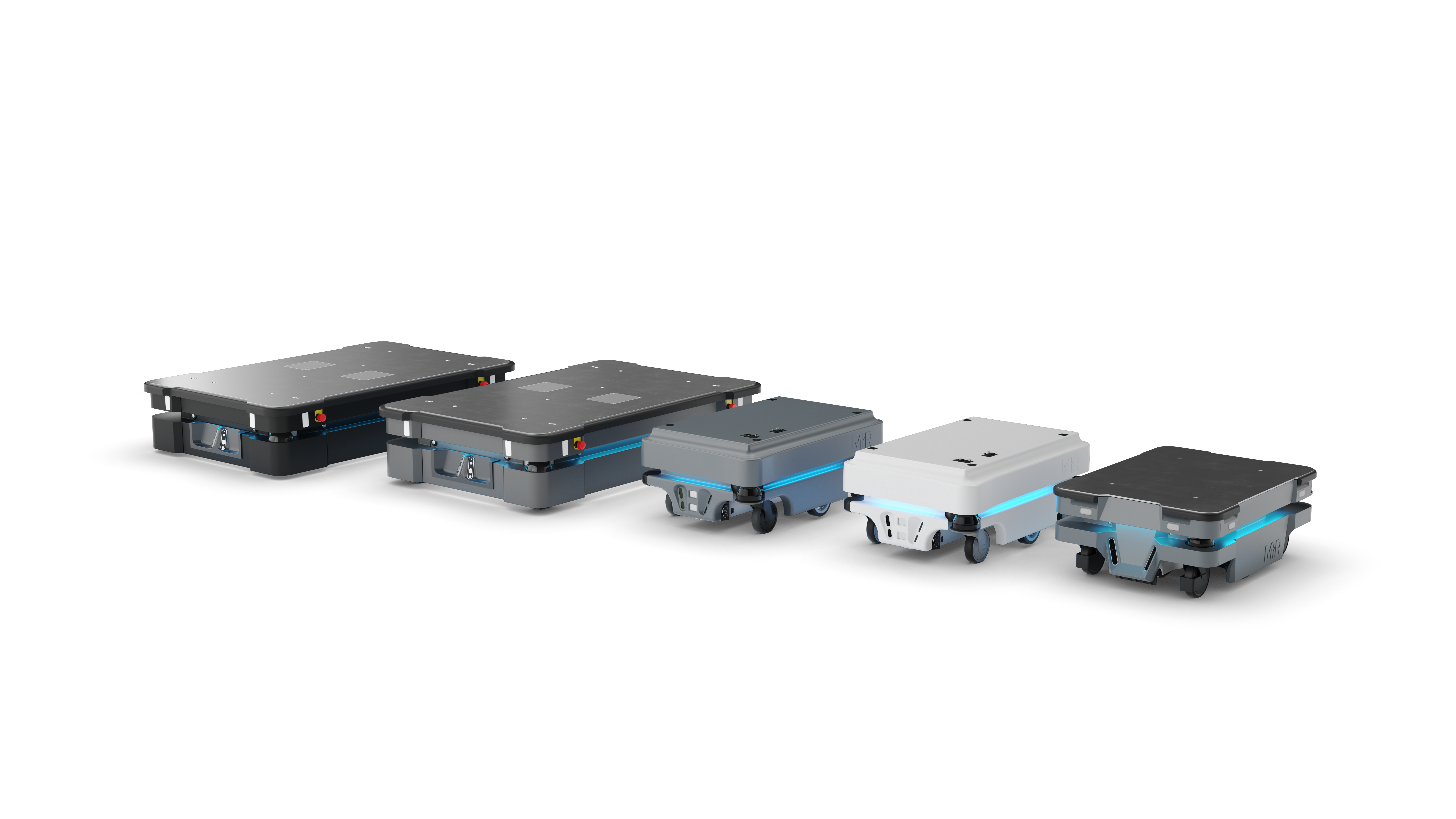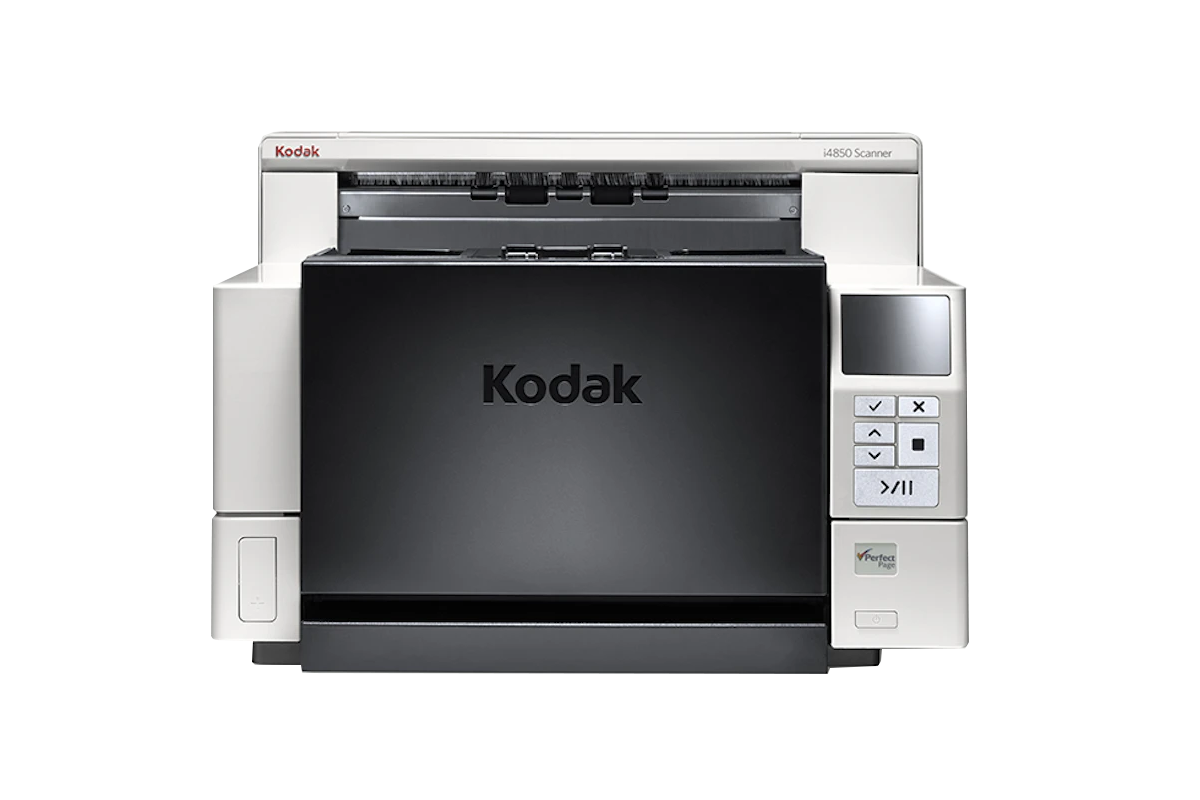Human resources (HR) is a document-intensive discipline. From job application forms and employment documentation to performance reviews, annual leave, and training, all the way to exit paperwork, HR professionals can often feel like they’re drowning in a sea of paperwork.
Managing the plethora of forms and documents that accompany an employee throughout their lifecycle can be a thankless task but, when errors creep in, HR professionals often bear the brunt of employees’ frustration.
Ideally, HR processes and forms should be digitalised and automated where possible. This can help reduce the risk of errors and eliminate duplicated work, which saves time and helps HR professionals work more effectively.
When repetitive, tedious HR processes are automated, HR professionals can be freed up to add more value to an organisation. They can do this by creating innovative and effective employee engagement programs, or by implementing a proactive hiring strategy that means no job vacancy is left unfilled for very long.
Organisations can automate HR processes through business process automation software. The software makes decisions based on business rules, eliminating the need for people to intervene in routine circumstances. This means HR professionals can step in when they need to but can otherwise let the automated system deal with routine tasks.
The key to effectively streamlining HR tasks is to digitise all documentation and workflows. Doing this with takes the burden off HR professionals, letting them get on with more interesting and valuable work.
The right solution can offer key benefits including:
- Complete transparency: central electronic archiving automates and speeds up related workflows. Search by target-oriented keyword or full-text, and all information is stored in the same location regardless of the original source.
- Reliable security: the electronic personnel file mirrors the organisation’s requirements and observes all legislation requirements, including Australia’s Privacy Act. This means adhering to obligatory deletion periods and archiving regulations, and providing secure access for employees to their records.
- Time savings: automated processes allow fast filing and instant access to documentation. Regardless of the type of document required, such as employment contracts, Australian Tax Office (ATO) declarations, certifications and accreditations, annual leave requests, and more, organisations can get access wherever and whenever you need it.
- Lower costs: electronic personnel records comply with relevant corporate and tax laws, so organisations can dispose of paper copies. This frees up physical storage space, avoids the rent for an external archive, and reduces printing and paper costs. It also ensures documents are more secure than they would be in paper form, because they can’t be accessed, copied, or printed without leaving an electronic trail. By contrast, paper-based documents can easily be viewed by unauthorised people, copied, or scanned, with no physical evidence left behind.
- Increased innovation: when organisations no longer have to focus on pushing paperwork through various workflows, they can focus on ways to make the employee experience more desirable, making it easier to attract and retain the industry’s best talent.
- Compliance: maintaining compliance with government and industry regulations requires significant amounts of paperwork, as well as requirements about how long that paperwork must be securely stored. Failing to comply can result in fines and, if there are security breaches or workplace incidents and there is no proof of compliance, then the end result could be litigation.
- Policies and procedures: policies and procedures are essential to the smooth running of any business. creating storing, distributing, and acknowledging these policies and procedures is a key role for HR. Automating this process through an enterprise content management system can dramatically reduce the time and work involved in keeping everything up to date and ensuring everyone is aware of their responsibilities. You can also send automatic reminders to team members who haven’t responded, ensuring that they indicate they’ve received and understood the policies and procedures.
- Audits and reporting: HR records stored digitally provide limited, secure, timebound access to auditors, making formal or informal audits and reports simple.
To find out how Konica Minolta can help businesses automate HR functions and free up time to do more creative work, contact us today.
 Find the perfect printer for your business
Read more
Find the perfect printer for your business
Read more
 Elevate your print & information technology with Insight Hub
Read more
Elevate your print & information technology with Insight Hub
Read more
